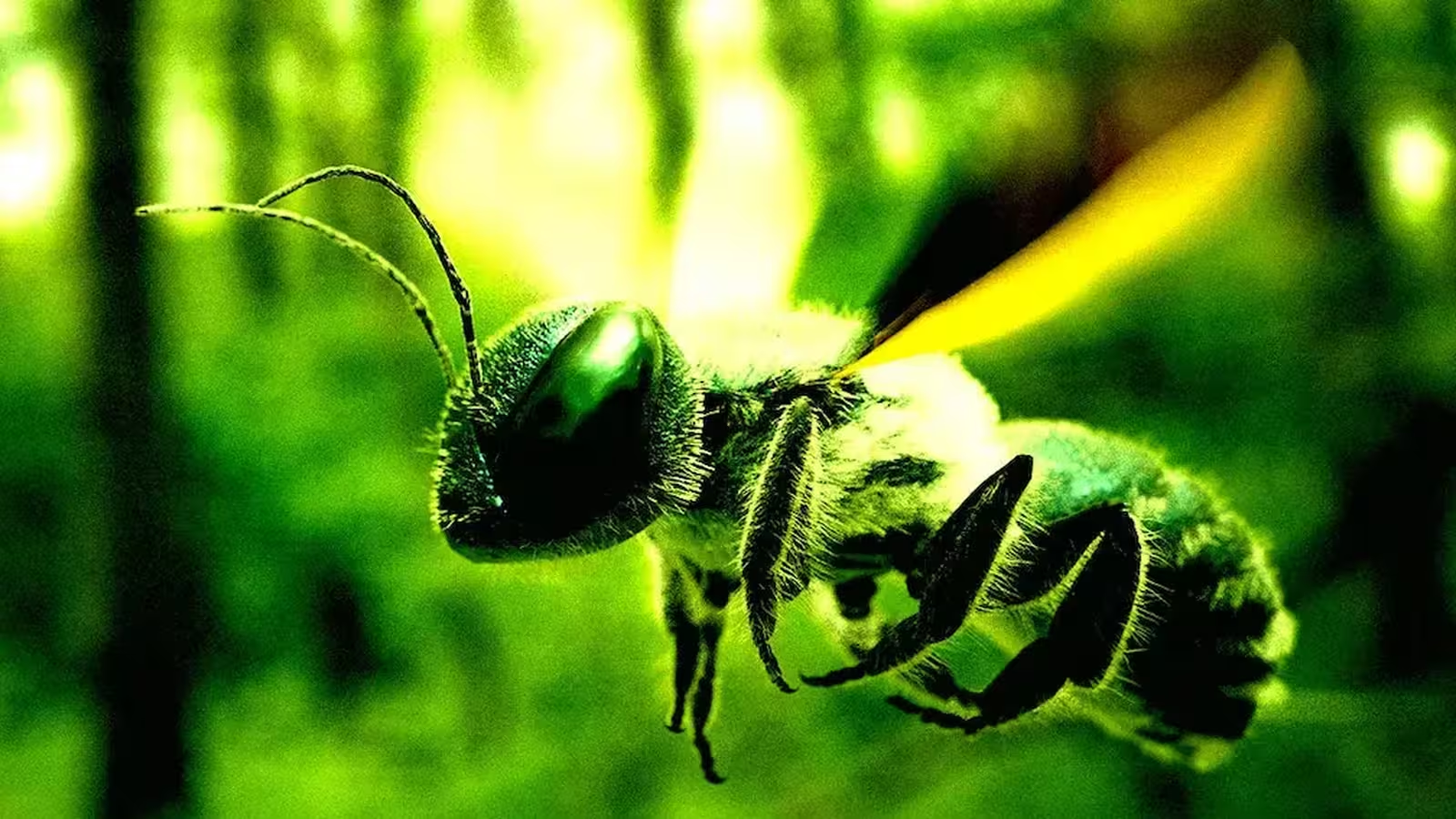3 Minutes
Breakthrough in Remote-Controlled Insect Technology
Researchers at the Beijing Institute of Technology have achieved a significant leap in the field of biorobotics by transforming live honeybees into remotely controlled cyborg agents. This pioneering project leverages a lightweight, 74-milligram microcontroller that interfaces directly with the bee’s brain, enabling precise navigation commands through targeted electronic stimulation.
The innovative control device utilizes three minute electrodes that gently stimulate different brain regions of the bee. By modulating the electric pulses, operators can instruct the bee to fly forward, reverse, or change direction laterally. According to recent experimental data, these cyborg bees demonstrated an impressive response accuracy, following directional commands correctly in 90% of test instances.
Applications in Defense and Disaster Response
Beyond the novelty, the research is aimed at real-world military and emergency uses. As detailed in a new scientific paper, these engineered bees could serve as discreet reconnaissance tools in urban warfare, counterterrorism, and anti-narcotics missions, providing access to locations too dangerous or inaccessible for traditional drones. Additionally, their small size and agility may prove invaluable for locating survivors during natural disaster search and rescue operations.
Quoting the research team: “Insect-based robots inherit the superior mobility, camouflage abilities, and environmental adaptability of their biological hosts.” This natural capacity for stealth and endurance offers clear advantages over fully synthetic microdrones currently in use.
Broader Context and Technological Challenges
The transformation of insects into robotic agents is a fast-growing trend in biotechnology and robotics. Past efforts include cockroach-based disaster reconnaissance devices and experiments using cicadas to produce controlled musical patterns. The Beijing team’s approach builds on these advances by focusing on bees, which provide superior flight endurance and maneuverability.
However, several technical hurdles remain before widespread deployment. A central challenge is power supply: the bees must currently remain tethered to the controller because available miniature batteries (approximately 600 milligrams) are too heavy for practical untethered flight. Further research is expected to focus on optimizing stimulation techniques and refining the control protocols for increased precision and repeatability.
The scientists intend to expand the functionalities of their system, ultimately aiming for real-time field deployment in reconnaissance and environmental monitoring missions.
Conclusion
The development of remote-controlled cyborg bees marks a compelling convergence of biology, engineering, and artificial intelligence. While the technology holds immense promise for security, intelligence, and emergency response applications, ethical and practical considerations—especially regarding wireless power and autonomous control—must be addressed. As scientific capabilities advance, these biohybrid insects may redefine the landscape of surveillance, rescue, and environmental exploration.



Comments